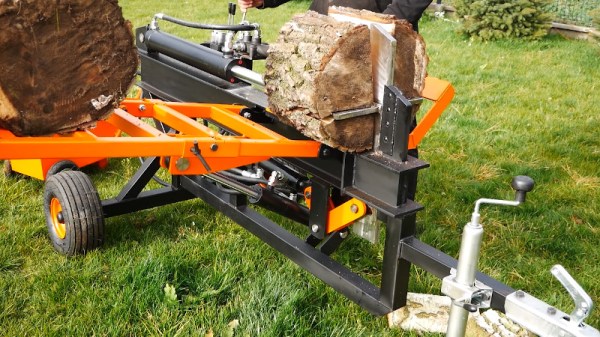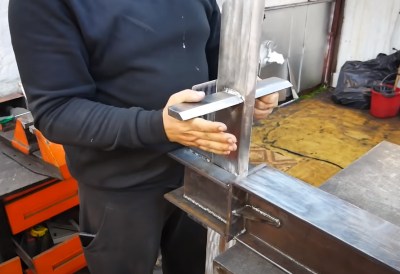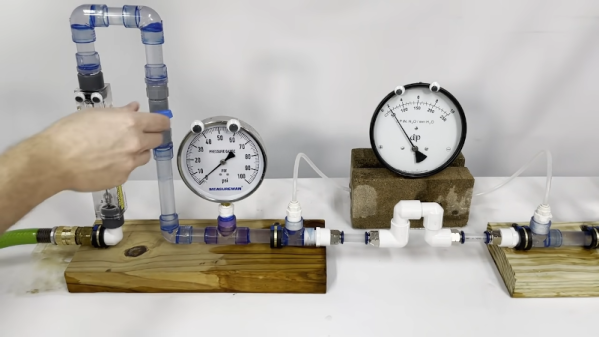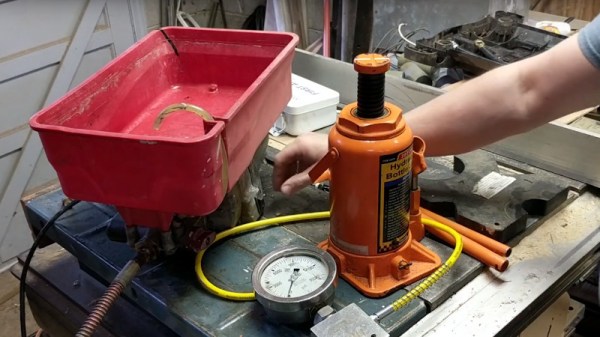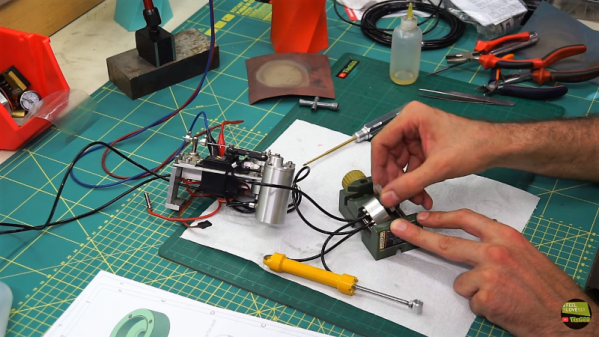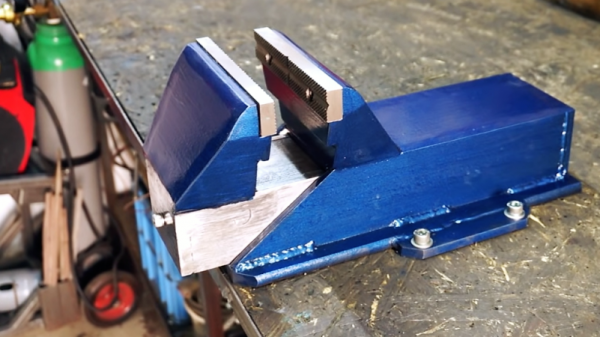Some projects just take your breath away with their level of attention to detail. This scratch-built RC-controlled model excavator is not only breathtaking in its detail, but also amazing for the materials and tools used to create it.
We’ve got to be honest, we’ve been keeping an eye on the progress [Vang Hà] has been making on this build for a few weeks now. The first video below is a full tour of the finished project, which is painstakingly faithful to the original, a Caterpiller 390F tracked excavator. As impressive as that is, though, you’ve got to check out the build process that starts with fabricating the tracks in the second video below. The raw material for most of the model is plain gray PVC pipe, which is sliced and diced into flat sheets, cut into tiny pieces using a jury-rigged table saw, and heat formed to create curved pieces. Check out the full playlist for a bounty of fabrication delights, like tiny hinges and working latches.
We can’t possibly heap enough praise onto [Vang Hà] for his craftsmanship, but that’s not all we love about this one. There are tons of helpful tips here, and plenty of food for thought for more practical builds. We’re thinking about that full set of working hydraulic cylinders that operates the boom, the dipper, and the bucket, as well as the servo-operated hydraulic control valves. All of it is made from scratch, of course, and mostly from PVC. Keep that in mind for a project where electric motors or linear actuators just won’t fill the bill.
If this construction technique seems familiar to you, it could because we featured a toolbox made out of similarly processed PVC pipes back in June.
Continue reading “Scratch-Built RC Excavator Is A Model Making Tour De Force”


